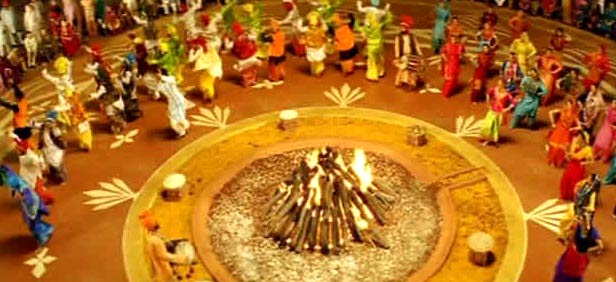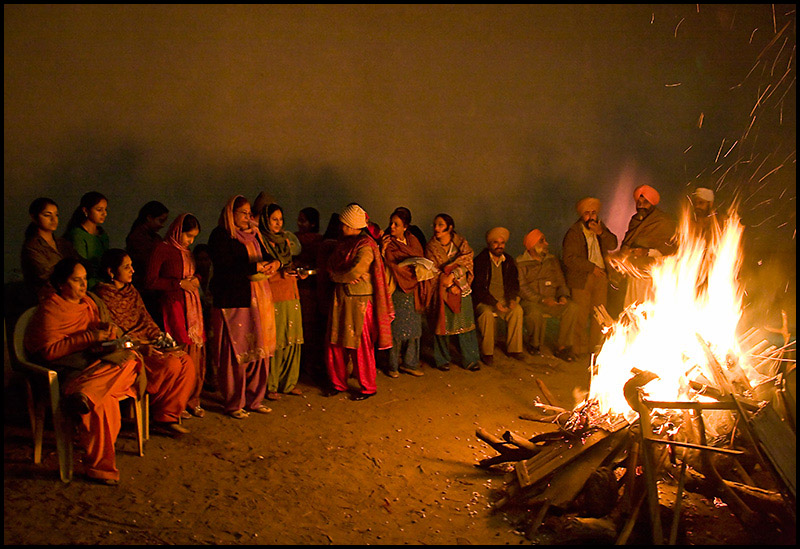AMAZING COUNTRIES

|
Indian festivals speak of India's rich cultural and traditional background. The colorful festivals are an integral part of every Indians. The festivals play an important part in promoting the traditional handicrafts and tourism of India.
|
||||||||||
| RELIGIOUS FESTIVALS | |||||||||||
Diwali The festival of Diwali reminds us of the festive season of joy, splendor, enthusiasm and happiness. It is the festival of lights and is celebrated with great excitement by all Indians all over the world. The uniqueness of the festival is that it is celebrated for five days and each of the days has a special significance and importance. Each of the five days is based of five varied philosophies, with each day to a special thought or ideal. The first day of Diwali is called the Dhanteras, Dhanwantari Triodasi or Dhantryaodashi, which falls on the thirteenth day of the month of Ashwin. On this day, Lord Dhanwantari came out of the ocean with Ayurveda for mankind. This day marks the beginning of Diwali celebrations. On this day at sunset offerings are made of sweets during worship time to Lord Yama (the Lord of Death) for the protection from untimely death. It is mainly done near a Tulsi tree (basil tree) or any other sacred tree.
|
|||||||||||
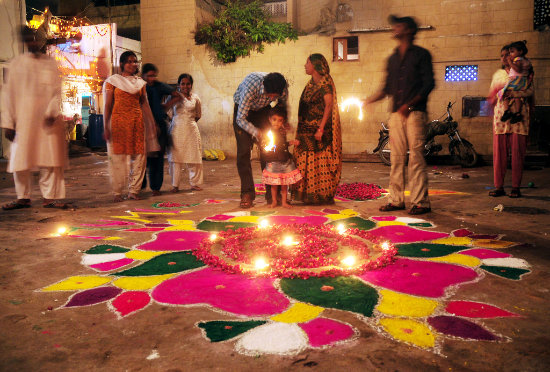 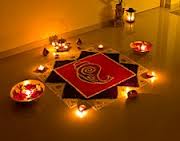 |
|||||||||||
Holi Also known as the Festival of Colours, Holi is one of the sprightliest festivals in India and is celebrated with great fanfare and fervor. This is the one occasion that brings out the enthusiasm and unadulterated mirth of people. Holi falls on a full moon day, in the month of ‘Phalgun’, which falls in the month of March, as per the Gregorian calendar. The festival is celebrated with great zeal in all the states of India and what makes this festival so unique, is that the spirit of this festival is united in the country and even across the globe. The entire country celebrates the festival by playing music, getting intoxicated on the popular beverage ‘bhaang’, dunking friends, eating, dancing to foot-tapping beats and of course, smearing each other’s faces with loud, bright colors or squirting colored water on passers-by.
|
|||||||||||
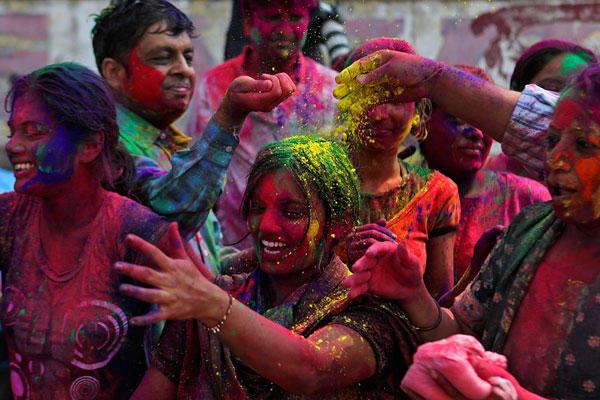 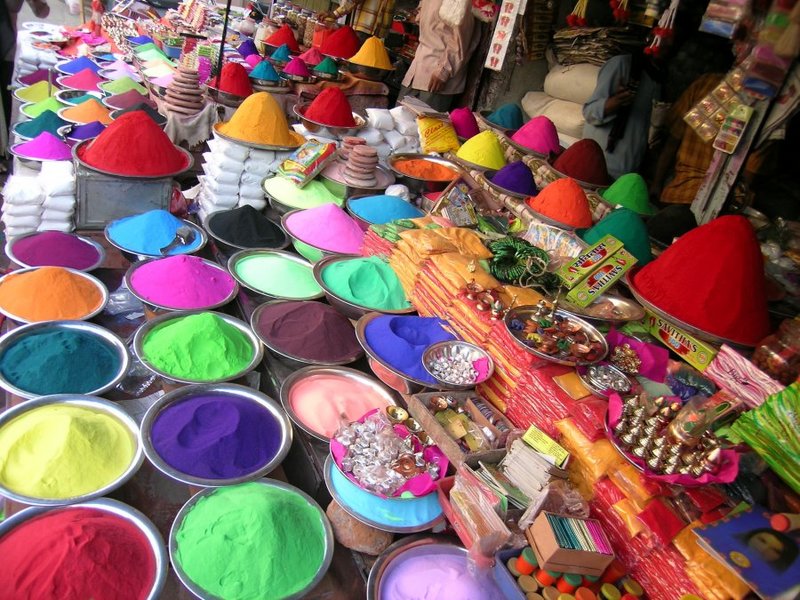 |
|||||||||||
Eid Ul Fitr This sacred Muslim festival marks the end of the Islamic holy month of Ramadan and also to the month long fasting. Thus, Eid ul-Fitr is also known as the Feast of Breaking the Fast and the Lesser Eid. As per the Hijiri calendar Eid ul-Fitr is celebrated on the first day of the month known as Shawwal, it is the tenth month of the Islamic calendar. This day signifies Muslim brotherhood and their devotion towards almighty that helps them attain self-control. As per the traditional Muslim belief system, the Holy Quran was revealed to Prophet Muhammad in the last ten days of Ramadan and thus, Eid ul-Fitr also commemorates this momentous occasion.
|
|||||||||||
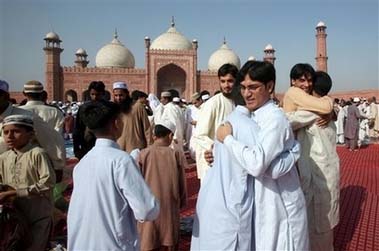 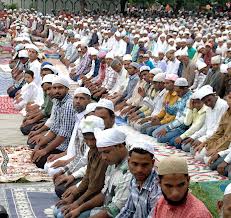 |
|||||||||||
Christmas
|
|||||||||||
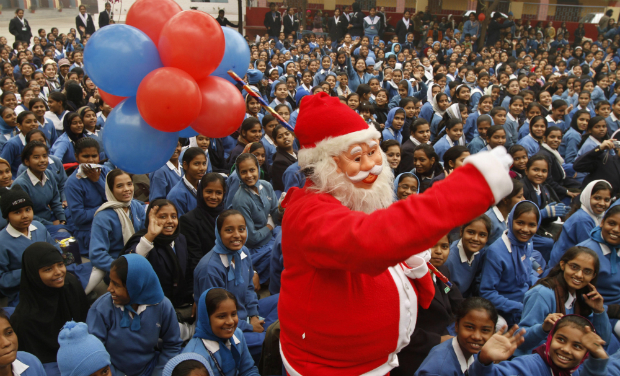  |
|||||||||||
Guru Nanak Gurpurab
|
|||||||||||
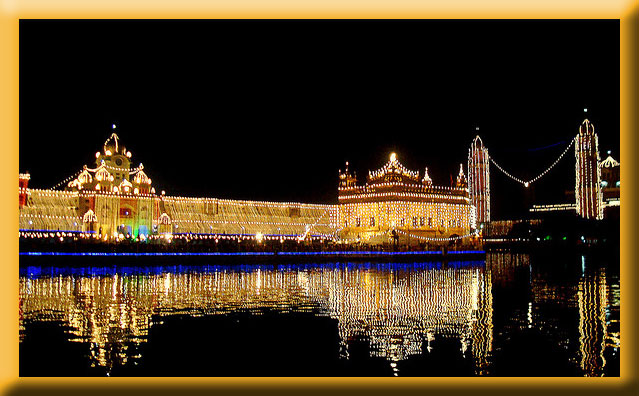 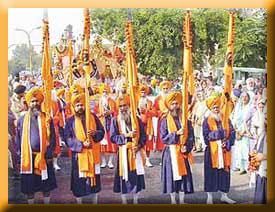 |
|||||||||||
NATIONAL FESTIVAL
|
|||||||||||
| The multilingual land of India is considered as a land of colorful festivals where the air is filled with the fragrance of joy and celebrations, almost all around the year. The country celebrates various flairs of regional, spiritual, religious and social festivals. Apart from all above, the country also shares the moments of national celebrations, the time when whole nation come together and unanimously celebrate the occasion at the same time and date. Such magical occasions are reckoned as National Festivals. National festivals are celebrated to commemorate the occurrence of great historical events of national importance. Suchfestivals inculcate a strong feeling of patriotism in the minds of Indians. India celebrates three National Festivalsnamely: |
|||||||||||
Independence day On 15 August 1947, India attained freedom from the British Rule. Every year, August 15 is celebrated as the Independence Day in India. Independence day is celebrated with great enthusiasm all over the country.
|
|||||||||||
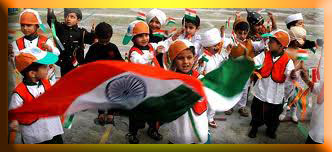 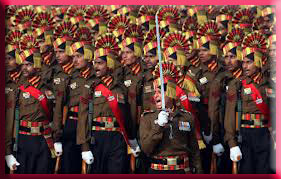 |
|||||||||||
Republic Day Republic Day, celebrated on January 26th every year, is one of India’s most important national events. It was on January 26th, 1950 that the constitution of India came into force and India became a truly Sovereign, Democratic and Republic state.
|
|||||||||||
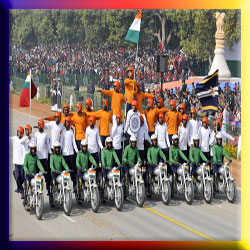 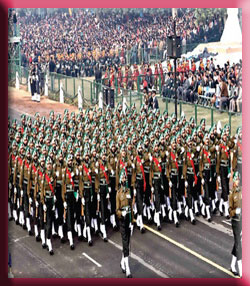 |
|||||||||||
Gandhi Jayanti Gandhi Jayanti is celebrated on the very day every year as the birthday of Mahatma Gandhi, Father of India.
|
|||||||||||
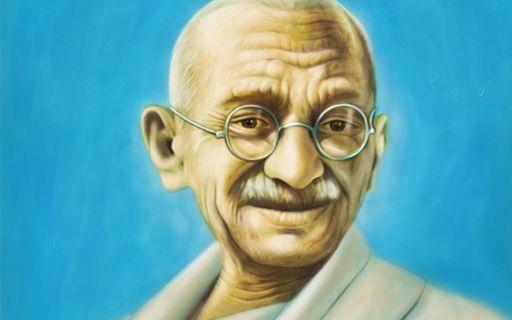 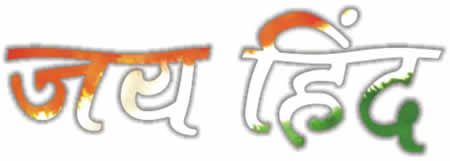 |
|||||||||||
HARVEST FESTIVALS |
|||||||||||
Lohri
|
|||||||||||
|
|||||||||||
Bihu in Assam Assam is a land of fairs and festivals. Bihu is the most important non-religious festival of the Assamese people & is celebrated with joy and abundance; irrespective of caste, creed, religion, faith and belief.
Bihu (Assamese: বিহু, Hindi: बिहू) denotes a set of three different cultural festivals of Assam. Though they owe their origins to ancient rites and practices they have taken definite urban features and have become popular festivals in urban and commercialized milieus in the recent decades. Bihu is also used to imply Bihu dance and Bihu folk songs.
|
|||||||||||
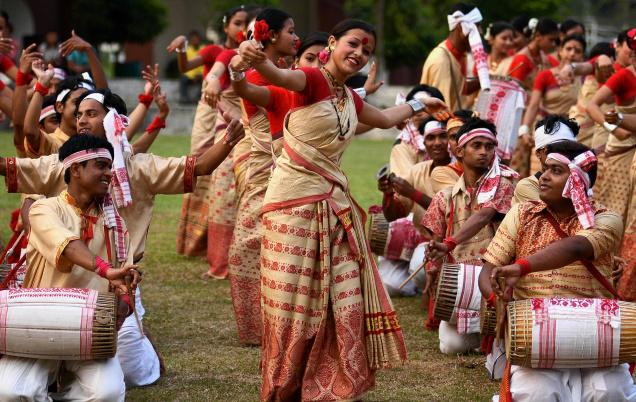 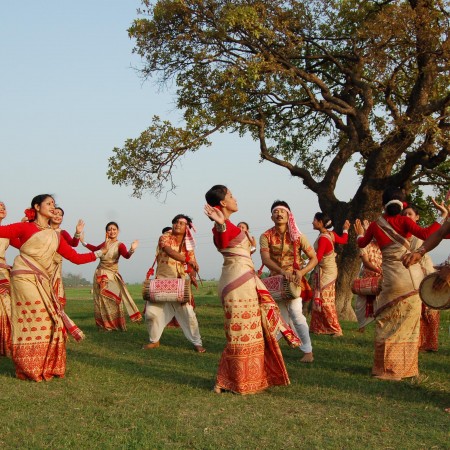 |
|||||||||||
Pongal in Tamil Nadu
|
|||||||||||
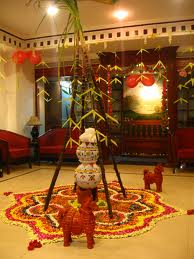 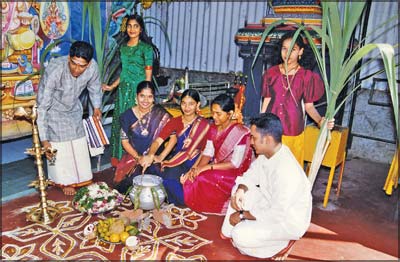 |
|||||||||||
Sankranthi Harvest festival Sankranthi is all about celebrating rice in our part of world. Particularly in South India, rice plays an important role as the main cultivated grain and as nourishing food that people subsist on every day of their life. It’s no wonder that there is a festival dedicated to the almighty rice. Equally worshipped are the man’s best partner, the kind-hearted cow, and the elements - sun, earth and water. They make rice cultivation a success, and also add a magic touch to the rice, turning it into a cherished food.
|
|||||||||||
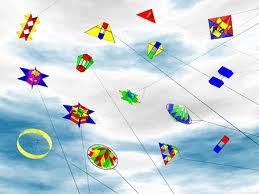 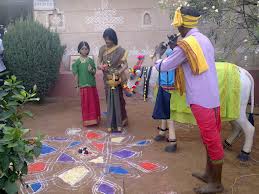  |

